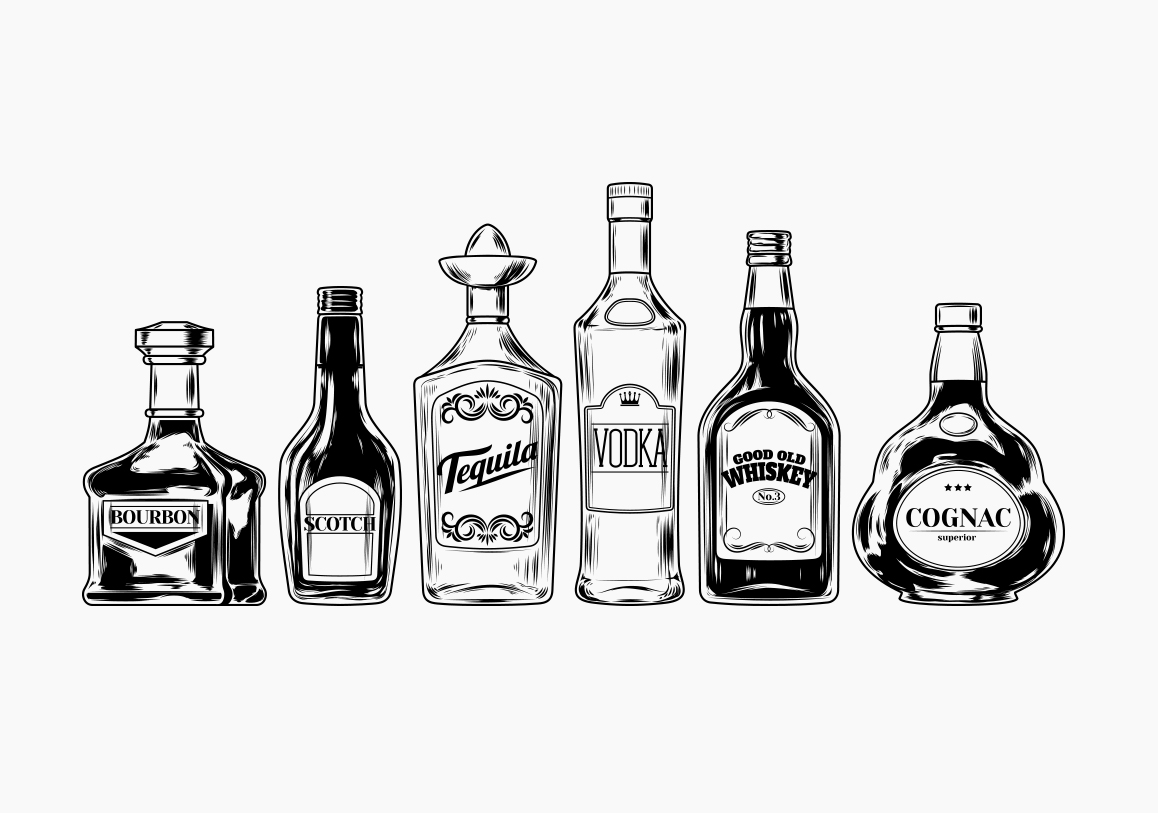Simon Trevett, portfolio manager of the Platinum International Brands Fund, explains what we find attractive in liquor producer Pernod Ricard.
Investors have rightly remained sceptical on the prospect of any return to growth in the Cognac market in China, with similarities being drawn to the rise and the subsequent collapse of the Scotch market in Japan.
The premium Baijiu market continues to show price declines, further adding to the pressure on Cognac. Absolut Vodka has proven to be a more difficult challenge to reposition, exacerbated by a trend in the major US market away from Vodka and towards brown spirits as well as ongoing price cuts by competitor Diageo with their Smirnoff brand. Pernod is showing margin gains on Absolut at the expense of volume as they lift prices. Diageo has preferred to increase volume over profits.
So why maintain a significant investment in Pernod? The China Cognac market is showing signs of having stabilised as the clearance of excess inventory in both the Cognac and the Baijiu markets nears an end, though we do not anticipate anything more than a flat performance. Jameson’s whiskey has been growing in the high teens and looks set to double to €1 billion in sales by 2020; comparison with Jack Daniel’s or Jim Beam’s case sales suggests that this is eminently achievable. Currency moves, falling rates on the debt and some stricter cost controls further support the argument to hold this stock.
Perhaps the most interesting and under-appreciated possibility is Pernod’s Indian whiskey business. It accounts for some 25% of group volume and is growing fast – 15-20% per annum – achieving a threefold increase in the past five years. This is despite government and State interference at every turn. On the other hand, the close scrutiny and regulation, while restrictive and excruciating, also acts as a barrier to new entrants who are faced with severe advertising constraints and a maze of State-by-State regulations and negotiations. As is often the case, the income generated for the government coffers outweighs the State antipathy towards alcohol, thereby providing a degree of stability for the incumbents.
Pernod holds 17% of the Indian whiskey market, up from 7% a decade ago and, though exciting, it pales into insignificance when compared to the rise in the legal drinking age population. Over the next decade, the aspiring middle class is set to grow from 120 million to 600 million with whiskey the favoured tipple! No doubt Pernod will offer them every opportunity to trade up the premium ladder as they have done so successfully in other markets.
DISCLAIMER: The above information is commentary only (i.e. our general thoughts). It is not intended to be, nor should it be construed as, investment advice. To the extent permitted by law, no liability is accepted for any loss or damage as a result of any reliance on this information. Before making any investment decision you need to consider (with your financial adviser) your particular investment needs, objectives and circumstances. The above material may not be reproduced, in whole or in part, without the prior written consent of Platinum Investment Management Limited.

